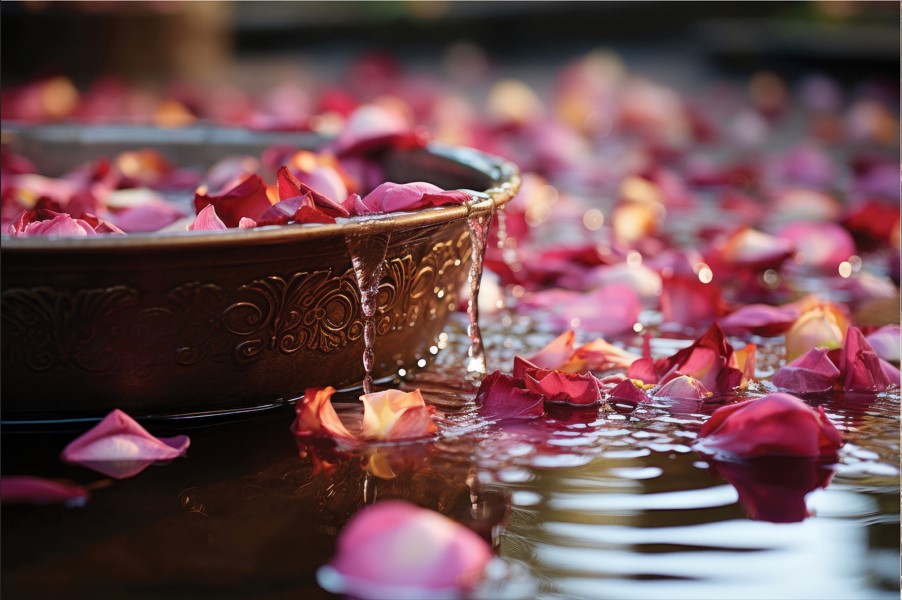Japanese Cherry Blossom Festival: A Celebration of Spring and Renewal
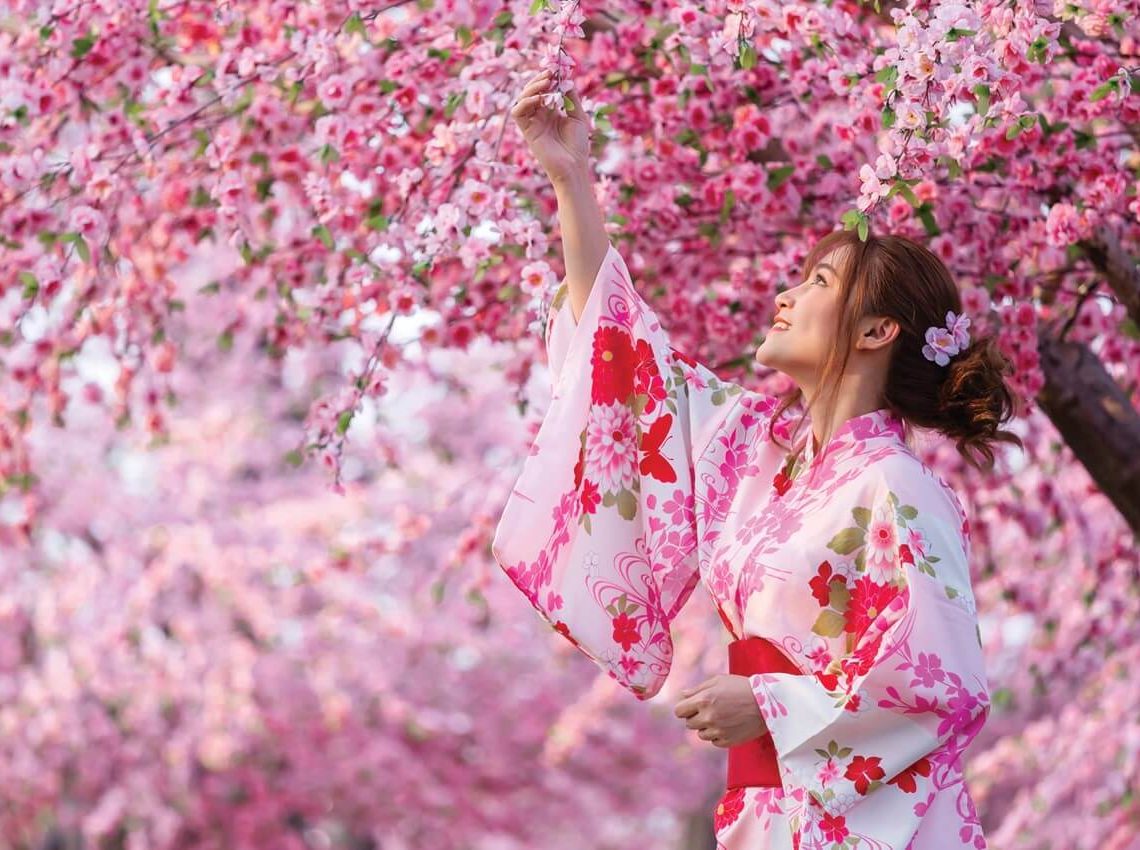
Each spring, Japan transforms into a picturesque landscape awash with the soft pinks and whites of cherry blossoms, known as “sakura.” This stunning natural display heralds the arrival of the Cherry Blossom Festival, or “Hanami,” a centuries-old tradition that celebrates beauty, transience, and the renewal of nature. The festival is not only a highlight of the Japanese cultural calendar but also a profound expression of the beauty and impermanence of life, as embodied by the fleeting blossoms.
The Significance of Cherry Blossoms in Japanese Culture
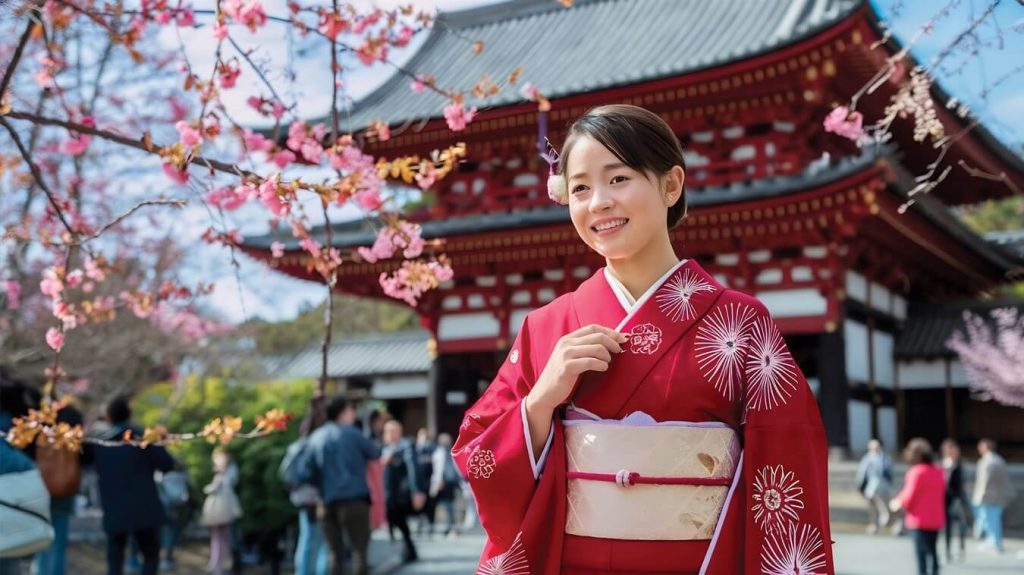
Cherry blossoms hold deep symbolic meaning in Japanese culture. They are seen as a metaphor for life: beautiful yet fleeting. The brief blooming period of the flowers is a reminder of the beauty and temporality of life, encouraging people to appreciate the present moment. Historically, samurai and warriors were likened to the blossoms—brilliant and noble, yet destined to fade quickly. Today, these flowers continue to inspire art, literature, and daily life during the spring season.
Celebrating Hanami: The Heart of the Festival
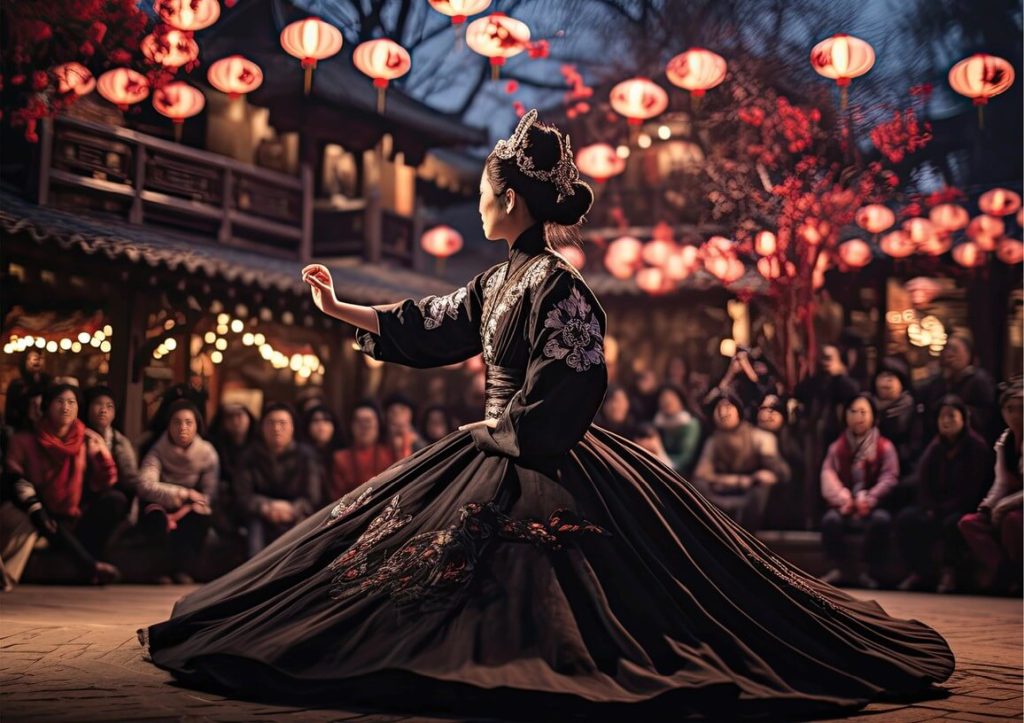
Hanami, which literally means “flower viewing,” is the central activity of the Cherry Blossom Festival. Families, friends, and coworkers gather under blooming cherry trees to enjoy food, drink, songs, and companionship. These gatherings can range from serene and contemplative picnics to lively and festive outdoor parties. Popular spots like Tokyo’s Ueno Park or Kyoto’s Maruyama Park attract thousands of visitors, all eager to catch a glimpse of the blossoms at their peak.
The Best Places to Experience Hanami
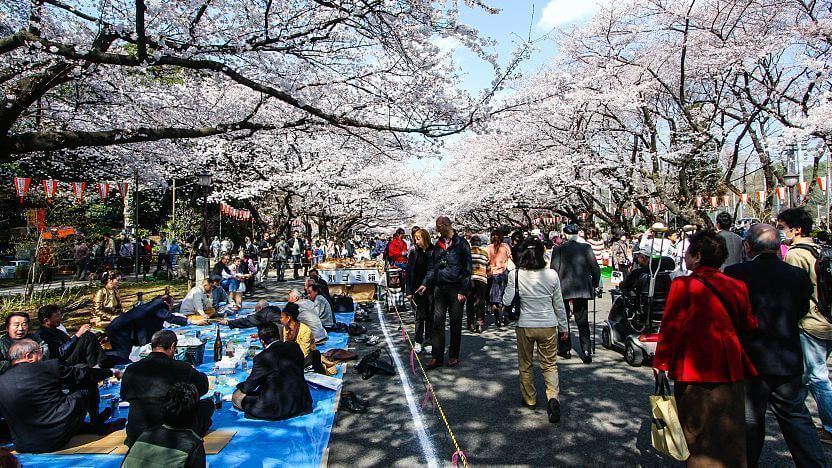
Japan boasts numerous spots renowned for their cherry blossoms, each offering a unique viewing experience:
- Tokyo: Ueno Park and Shinjuku Gyoen are filled with hundreds of cherry trees. The blend of urban backdrop and the soft bloom of sakura is breathtaking.
- Kyoto: Maruyama Park and the Philosopher’s Path are famous for their traditional settings and extensive rows of cherry trees.
- Yoshino: Located in Nara Prefecture, Mount Yoshino has been Japan’s most famous cherry blossom viewing spot for centuries, with thousands of trees covering the mountainsides.
Other Festivities and Cultural Events
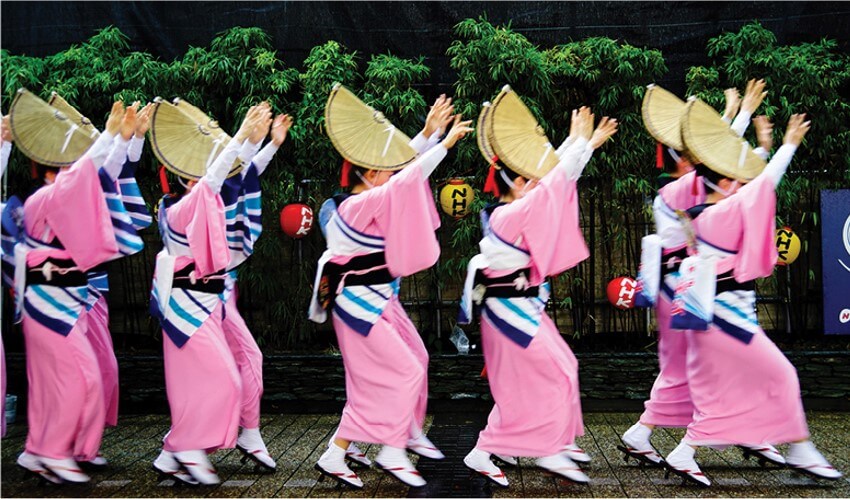
While hanami is the centerpiece, the Cherry Blossom Festival also includes a variety of cultural events:
- Parades and Performances: Many cities host parades and traditional Japanese performances, including dance, music, and sometimes samurai reenactments.
- Food and Drink: Festival-goers can enjoy seasonal treats such as sakura mochi (rice cakes wrapped in cherry leaves) and bento boxes. Sake and tea are commonly enjoyed under the cherry trees.
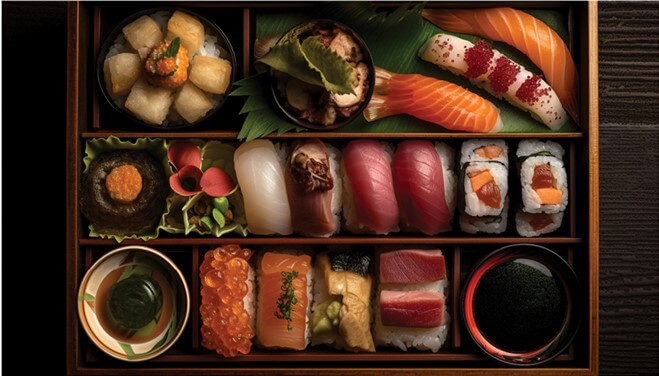
- Light-ups: Evening celebrations often feature “yozakura,” where the cherry trees are illuminated with lanterns or LED lights, creating a magical nighttime flower viewing experience.
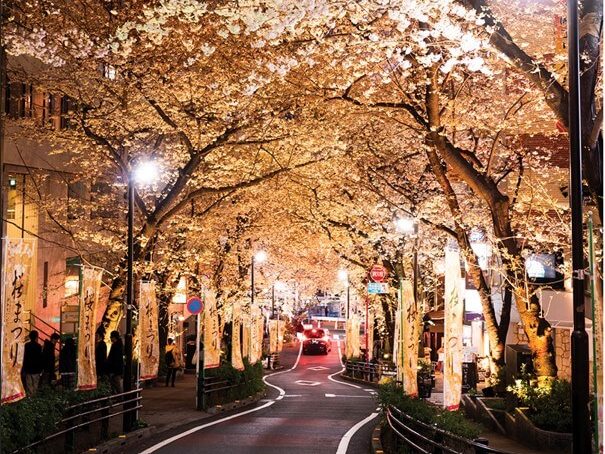
The Global Reach of the Cherry Blossom Festival
The beauty of the cherry blossoms and the cultural significance of Hanami have transcended Japanese borders, with cherry blossom festivals now celebrated in various parts of the world, including the United States, Canada, and Europe. These festivals foster a sense of community and appreciation for nature, drawing on the universal themes of renewal and the fleeting nature of beauty.
Conclusion
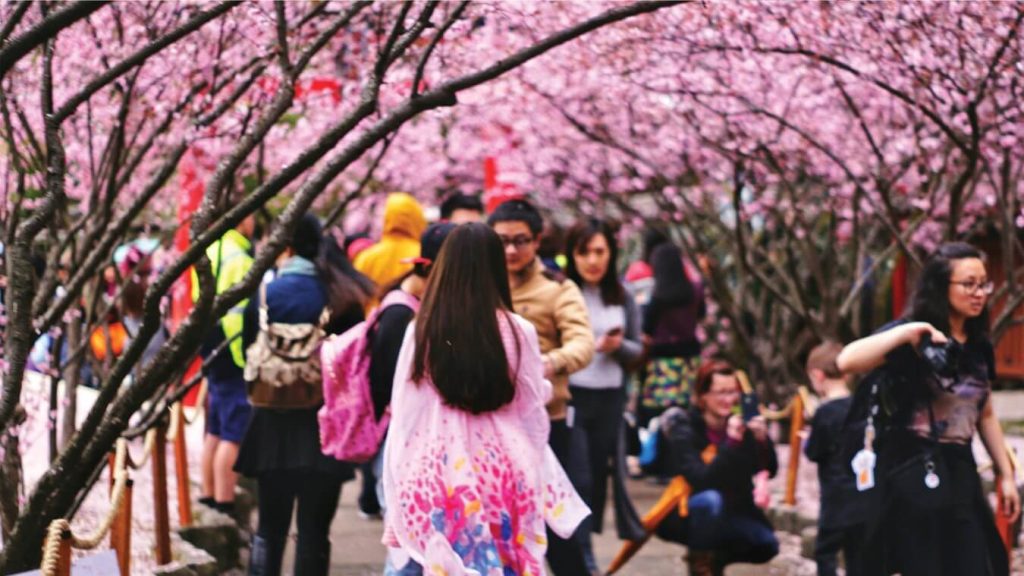
The Cherry Blossom Festival in Japan is more than just a celebration of spring; it is a deeply ingrained cultural tradition that resonates with profound themes of life, impermanence, and renewal. Whether participating in a lively hanami party or quietly contemplating the beauty of the sakura, visitors are partaking in a centuries-old tradition that continues to captivate the hearts and imaginations of people around the world. As each blossom season comes and goes, it reminds us to cherish the present and enjoy life’s transient beauties.





